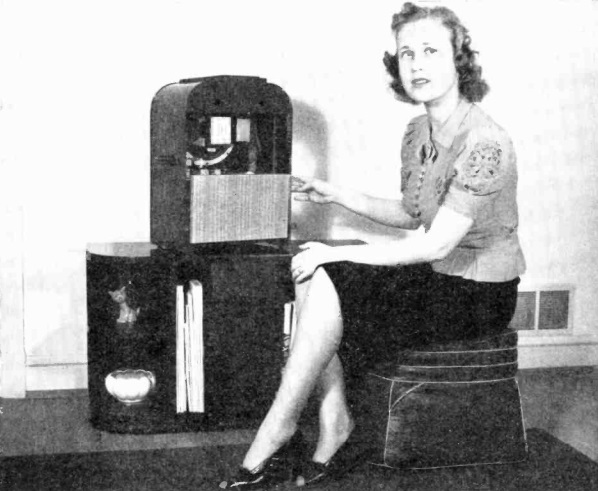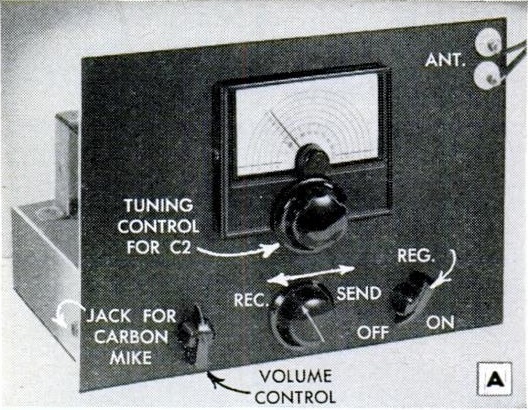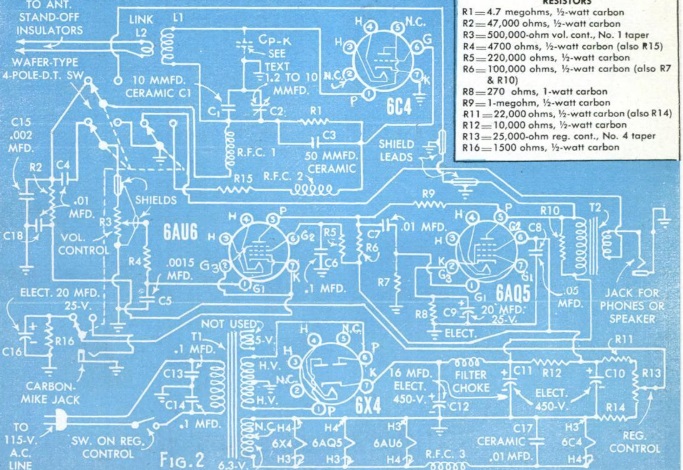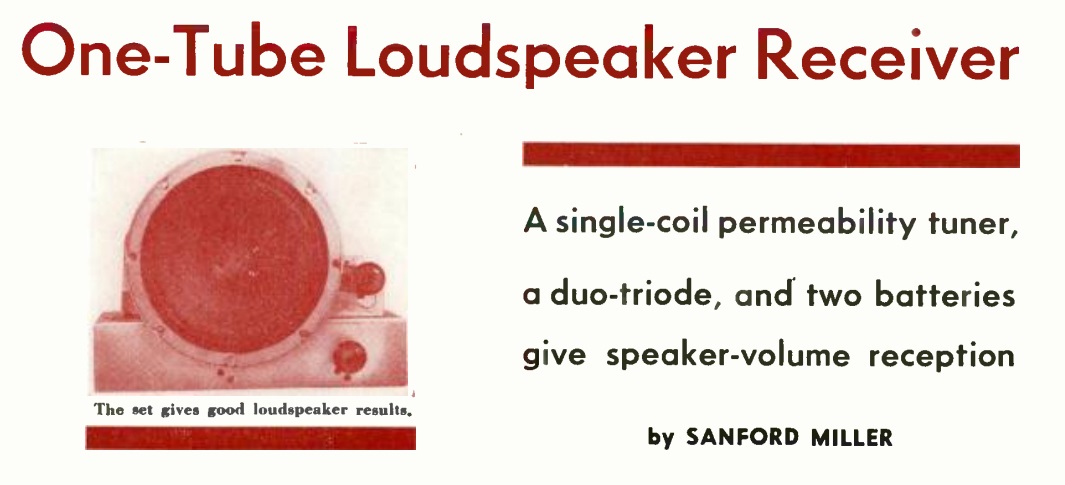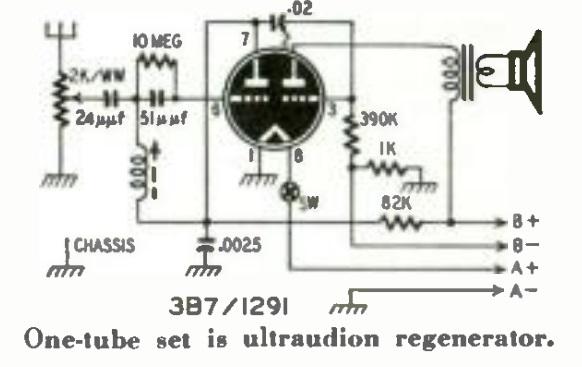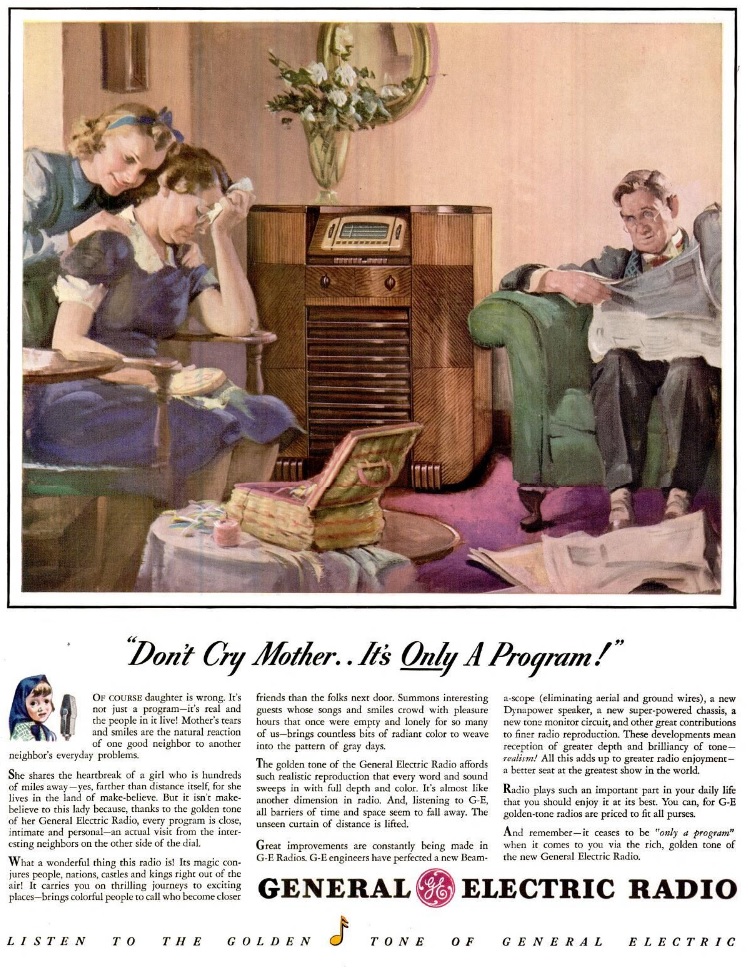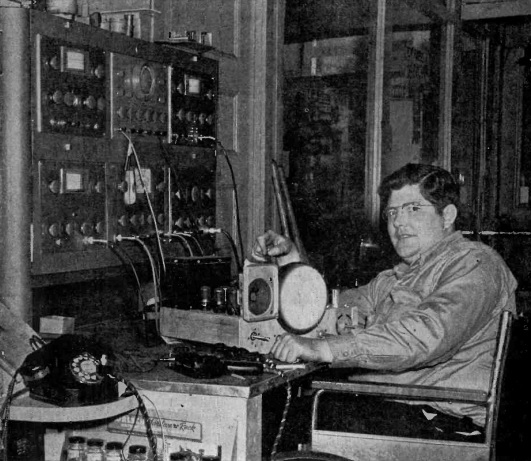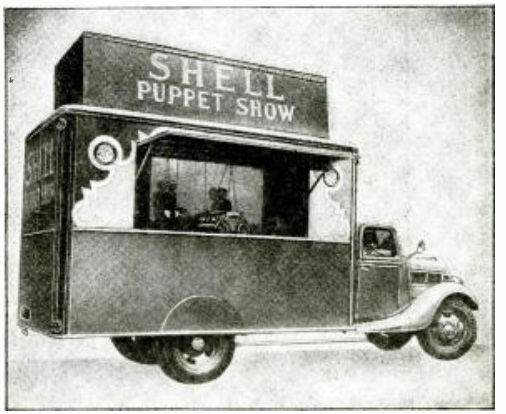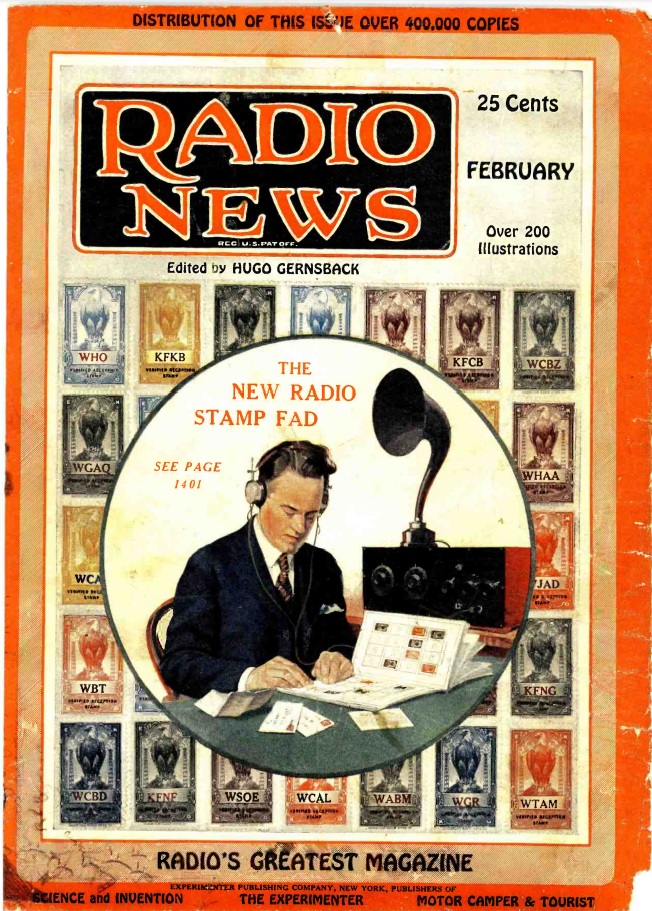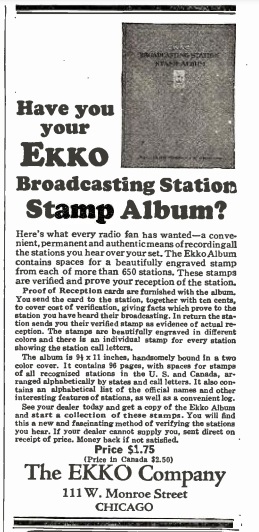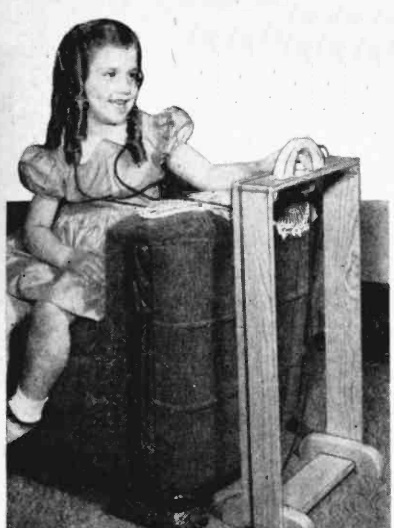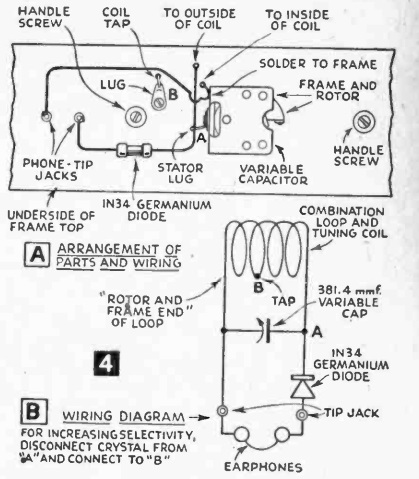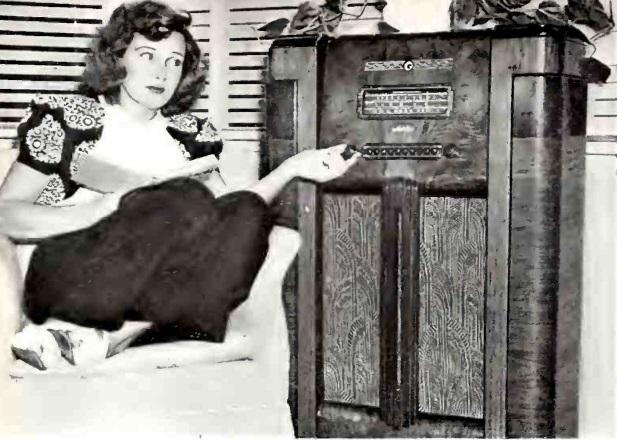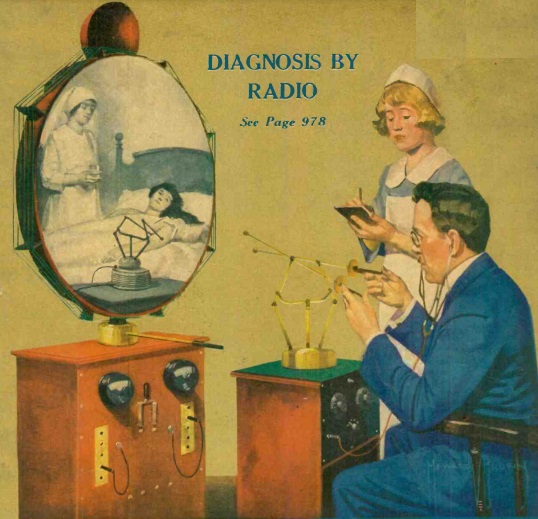 A hundred years ago this month, the cover of the February 1925 issue of Science and Invention gives Hugo Gernsback‘s vision of what telemedicine would look like. Of course, the word “telemedicine” hadn’t been coined yet, but the concept is there: “The doctor of the future, by means of this instrument, will be able to feel his patient, as it were, at a distance. The doctor manipulates his controls, which are then manipulated at the patient s room in exactly the same manner. The doctor sees what is going on in the patient’s room by meads of a television screen.”
A hundred years ago this month, the cover of the February 1925 issue of Science and Invention gives Hugo Gernsback‘s vision of what telemedicine would look like. Of course, the word “telemedicine” hadn’t been coined yet, but the concept is there: “The doctor of the future, by means of this instrument, will be able to feel his patient, as it were, at a distance. The doctor manipulates his controls, which are then manipulated at the patient s room in exactly the same manner. The doctor sees what is going on in the patient’s room by meads of a television screen.”
The device did have a name, the “teledactyl.” That’s not a type of dinosaur, but instead means that it could feel at a distance.

